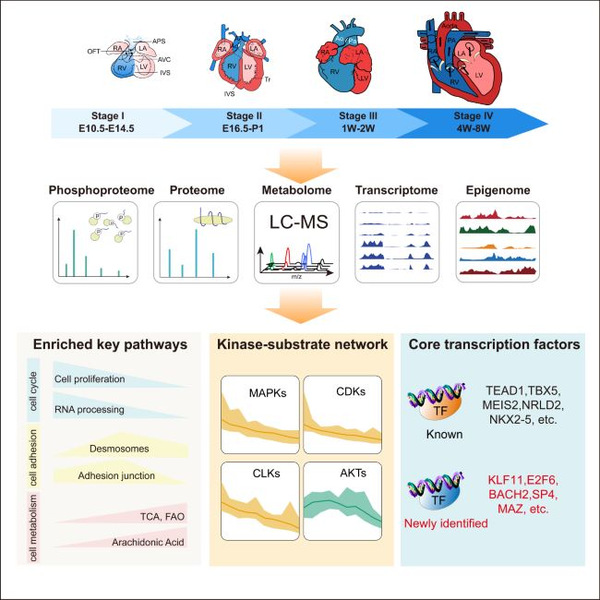Phase I: Conception and Preparation, Organization and Mobilization
July to December, 2013
Nanjing Medical University established birth cohort construction basic process, carried out discussion on implementation of plan and determined cohort logo.
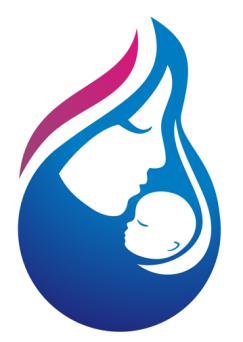
January 14, 2014
A community training session on the recruitment of the natural pregnancy population for the Jiangsu Birth Cohort “Maternal and Child Health Program” was held.
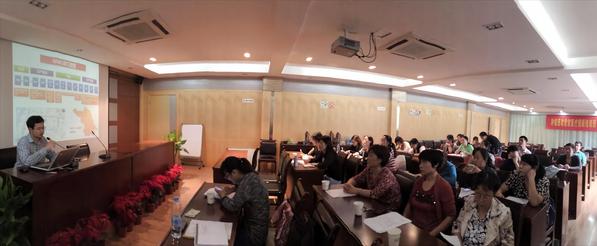
April 24, 2014
The Jiangsu Birth Cohort enrolled its first natural pregnancy cohort couples at the Zhimaying Community Health Center.
May 16, 2014
The 3rd “Shuangjing Forum” was successfully held in Nanjing Medical University from May 16 to 18, 2014. Prof. Hongbing Shen gave a presentation entitled “Recommendations for Birth Cohort Standardization in the Dragon and Phoenix Project”. He made professional suggestions for establishing birth cohorts in China from the perspective of public medicine. The leaders and scientists present at the meeting reached a preliminary consensus on the construction standard and development plan of China Birth Cohort.
July 15, 2014, afternoon
Jiangsu Birth Cohort Suzhou Municipal Hospital Research Base was officially launched.
July 22, 2014, morning
Jiangsu Birth Cohort Nanjing Maternity and Child Health Care Hospital Research Base was officially opened and launched.
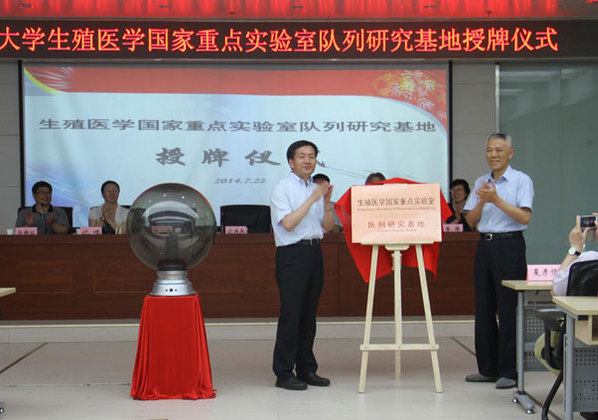
August 18, 2014
The first live birth baby of the Natural Pregnancy Birth Cohort of the Jiangsu Birth Cohort was born in Nanjing Maternity and Child Health Care Hospital.
December 25, 2014
Nanjing Medical University Birth Cohort officially joined the Asian Birth Cohort Consortium.
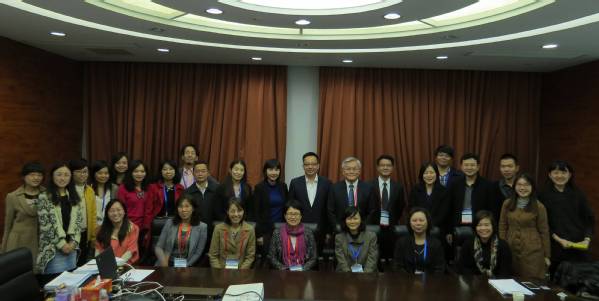
March 30, 2015
Jiangsu Birth Cohort Changzhou Maternal and Child Health Care Hospital Research Base was officially launched.
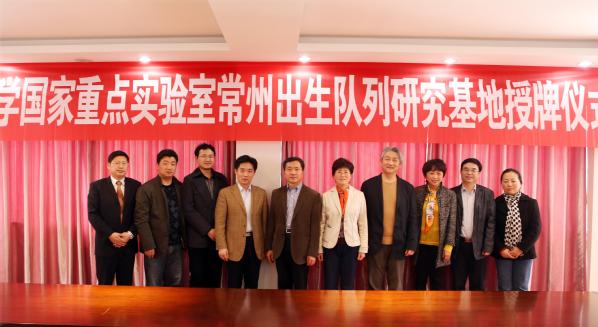
August 1, 2015
The preparatory meeting for the construction of the Assisted Reproduction Birth Cohort at Nanjing Medical University was held at the Reproductive Center of Nanjing Maternity and Child Health Care Hospital.
November 9, 2015
The Nanjing Medical University Assisted Reproduction Birth Cohort enrolled first couple of Assisted Reproduction Birth Cohort at the Reproductive Center of Nanjing Maternity and Child Health Care Hospital.
December 1, 2015
The Nanjing Medical University Assisted Reproduction Birth Cohort was officially launched at the Reproduction Center of Nanjing Maternity and Child Health Care Hospital .
March 19, 2016
The preparatory meeting of the “Reproductive Health and Prevention and Control of Major Birth Defects” project was held in Nanjing Medical University. More than 50 experts from more than 10 universities and research institutes in China, including Peking University, Shandong University, Shanghai Jiaotong University, Institute of Zoology of Chinese Academy of Sciences, Zhongshan University, Huazhong University of Science and Technology, Sichuan University, Tongji University, and Central South University, discussed the project application of “Assisted Reproduction Population and Offspring Cohort Research Preparation”- “Assisted Reproduction Population and Offspring Cohort Research Direction” for the project.
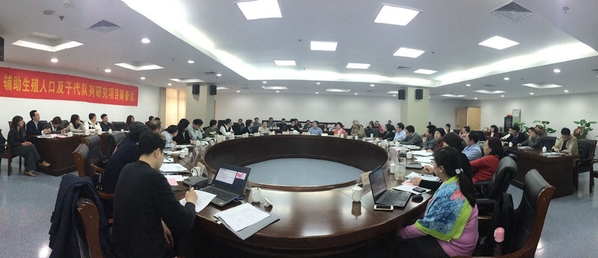
July 16, 2016
The first live birth baby was born in the Assisted Reproduction Birth Cohort at Nanjing Medical University.
September 17, 2016
The preparatory meeting of the Chinese Population-Based Assisted Reproduction Population and Offspring Cohort Project was successfully held in the library conference room of Nanjing Medical University. Various subject leaders from all participating units in China attended the meeting, and the basic process framework for cohort implementation was discussed and defined.
November 19, 2016
The Chinese Population-Based Assisted Reproduction Population and Offspring Cohort was officially launched in Nanjing. At the same time, the first Nationwide Training Session and International Symposium on Birth Cohort were held. The cohort information platform was promoted to the whole country for the first time.

November 20 to 21, 2016
The 2016 Jinling International Frontier Forum on Reproductive Medicine and Global Birth Cohort Construction and Application Workshop, hosted by Nanjing Medical University, was held in Nanjing. About 250 participants from various national and regional research institutions including NIEHS, NIH and UC Berkeley of USA; University of Sherbrooke of Canada; National University of Singapore, Seoul National University, Dankook University, and National Taiwan University attended the meeting.
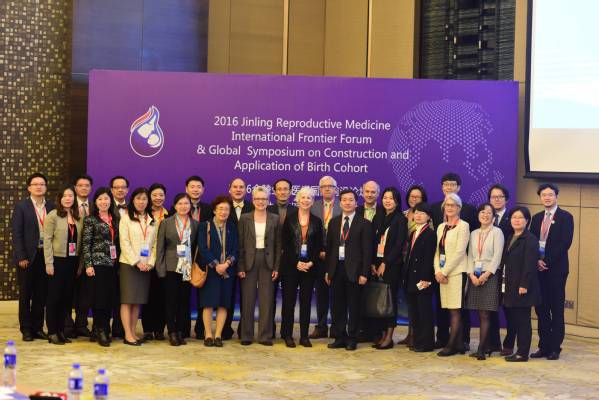
November 30, 2016
The National Birth Cohort Project Team launched the first round of national supervisory training, which started from November 30, 2016 in Guangzhou Women and Children’s Medical Center, covering all sub-centers across the country involved in the project team, and ended on March 19 of the following year in West China Second University Hospital, Sichuan University.
Phase II: Pilot Exploration and Standardized Operation
January 20, 2016
Birth Cohort Biospecimen Bank was adopted as a member of ISBER.
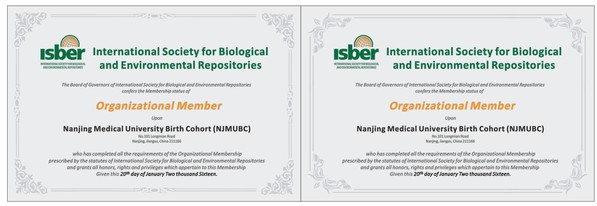
December 9, 2016
The National Birth Cohort Sample Bank passed the certification of ISO9001 International Quality System.
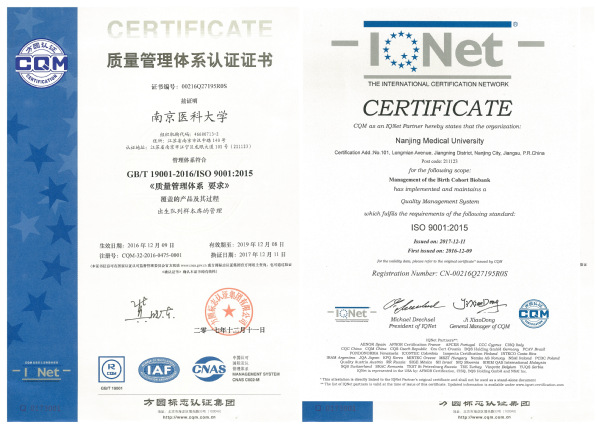
September 6, 2016
The Birth Cohort Research Center of Nanjing Medical University, the Physical Operation Center of Birth Cohort in Jiangsu, was established. It is one of the important branches of the National Key Laboratory of Reproductive Medicine and is mainly dedicated to the construction of the Chinese National Birth Cohort and relevant research work. The Center has four full-time faculty members, four full-time scientific assistants, and a number of graduate students and full-time employed population involved in cohort construction and research work in the Cohort Research Center.
January 3, 2017, morning
The kick-off meeting of Suzhou Municipal Hospital’s participation in the National Key Research and Development Project“Research on the Establishment and Application of Assisted Reproduction Population and Offspring Cohort in Chinese Population” was held grandly.
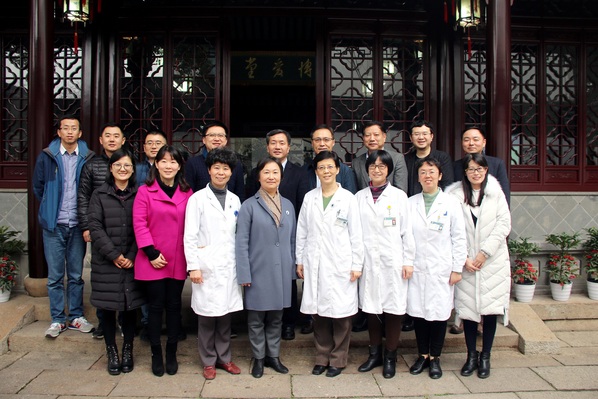
January 3, 2017, afternoon
The kick-off meeting of Changzhou Maternal and Child Health Care Hospital’ participation in the National Key Research and Development Project“Research on the Establishment and Application of Assisted Reproduction Population and Offspring Cohort in Chinese Population” was held grandly.
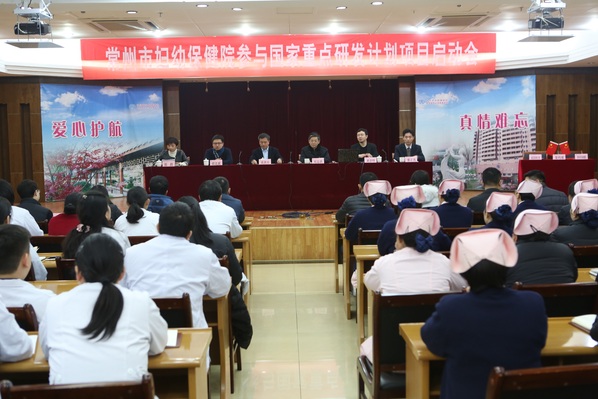
November 19, 2017
The Annual Progress of the “Research on the Establishment and Application of Assisted Reproduction Population and Offspring Cohort in Chinese Population” and the Seminar and Exchange Meeting on the Construction of National Birth Cohort were held in Suzhou Municipal Hospital. 16 units from all over China participated in the mid-term report.In 2017, the pilot site construction, cohort process construction, standard system construction, and nationwide launch were successfully completed.
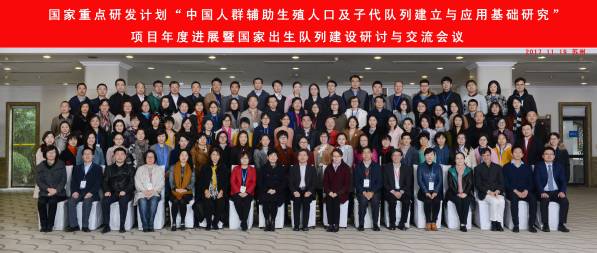
April 24 to 25, 2018
The project team of “Research on the Establishment and Application of Assisted Reproduction Population and Offspring Cohort in Chinese Population”, led by Chi Xia, director of Maternal and Child Health Hospital, attended the “Bailey III Developmental Assessment Scale Training” in Shanghai.
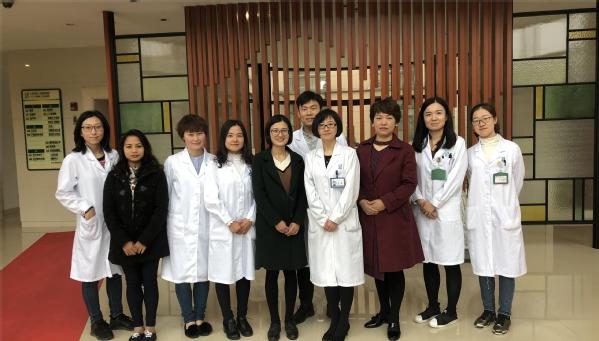
July 7, 2018
The National Birth Cohort Project Team conducted an experience exchange meeting and advanced recognition meeting for cohort professionals at each sub-center for the first time. The meeting focused on the experience exchange in terms of the specific implementation of birth cohort site construction, and also conducted training on birth cohort site key technologies including member system management, sample collection and processing, information case excerpt and other thematic standard operating procedures. This meeting summarized the site work experience of the birth cohort, strengthened the exchange and communication among the centers, and further promoted the implementation of project standardization.
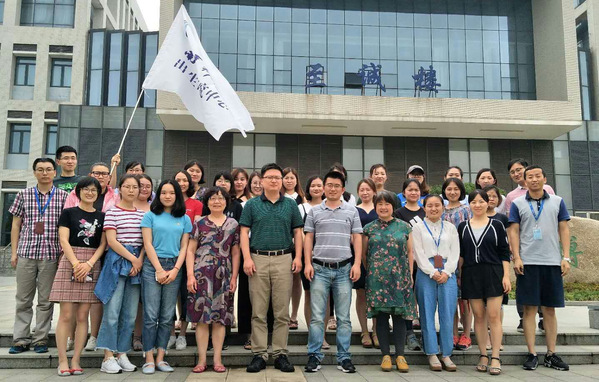
August 5, 2018
The Nanjing Maternity and Childhood Sub-Center was launched the first“Internal Training Session on theBailey III Developmental Assessment Screening Scale”.
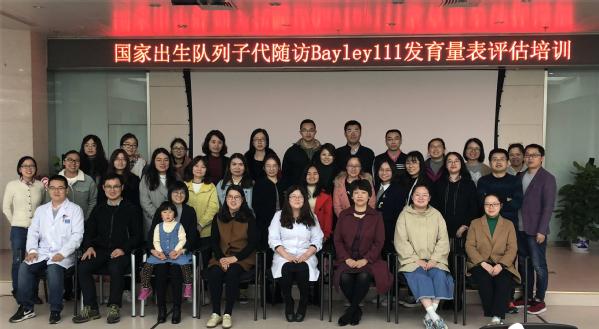
August 25, 2018
The Nanjing Maternal and Child Branch Center officially launched the “Bailey III Developmental Assessment Screening Scale” for neurodevelopmental assessment of offspring.
December 5, 2018
The mid-term inspection meeting of the National Key Research and Development Program of “Research on the Establishment and Application of Assisted Reproduction Population and Offspring Cohort in Chinese Population” was held at Nanjing Medical University.
March 4, 2019
The Suzhou Municipal Hospital Branch launched the first “Internal Training Session on theBailey III Developmental Assessment Screening Scale”.
December 22, 2019
The project group meeting of “Cohort Study”, a key project of “Research on Reproductive Health and Prevention and Control of Major Birth Defects”, was successfully held in Nanjing.
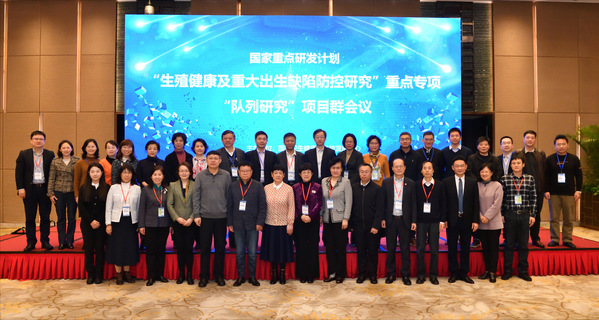
September 27, 2020
The mid-term inspection meeting of the key project “Research on Reproductive Health and Prevention and Control of Major Birth Defects” jointly organized by the Development Center for Medical Science and Technology, National Health Commission of the People’s Republic of China and Nanjing Medical University was held in Nanjing. The key research and development project led by Prof. Hu Zhibin, “Research on the Identification and Interaction of Environmental and Genetic Causal Factors in Infertility Population”, successfully passed the mid-term examination.
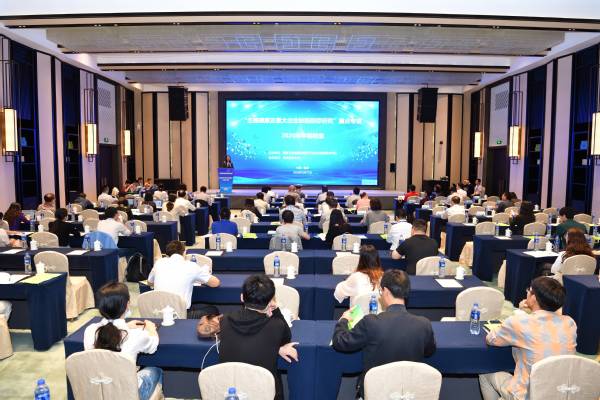
Phase 3: Expansion and Improvement, Results Output
July 8, 2017
Nanjing Medical University Birth Cohort launched theIntestinal Flora Subcohort.
May 10, 2018
The first batch of whole-genome sequencing data from Nanjing Medical University birth Cohort was offline.
September 27, 2018
Nanjing Medical University Birth Cohort launched Autism Sub-Cohort.
September 25, 2019
The first batch of elemental histology assay data from Nanjing Medical University Birth Cohort was offline.
November 28, 2019
The first batch of metabolomics assay data from Nanjing Medical University birth Cohort was offline.
November 9, 2020
The first paper on a Intestinal Flora Subcohort exploring differences in the flora of assisted and natural born offspring was published in Gut Microbes.
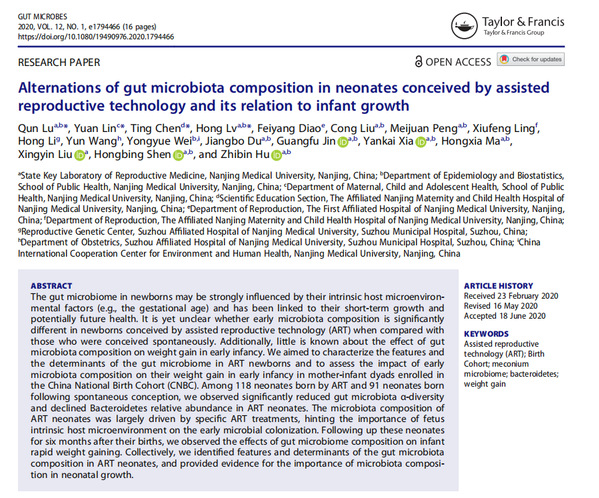
October 25, 2020
Jiangsu Birth Cohort Zhengzhou University Third Affiliated Hospital Research Base was officially launched.
October 30, 2020
The Birth Cohort Construction Standards and Appropriate Technology was officially published.

December 30, 2020
Birth queue construction series of standards was officially released

February 26, 2021
The “Early Life Flora-Metabolism-Immunity Network Study” and the “Metabolomics of Hypertension Study” based on the National Birth Cohort were awarded major projects by Gusu Institute with a funding amount of RMB 25 million.
March 12, 2021
The Chinese Assisted Reproductive Technology and Birth Defects Cohort Study was published online in The Lancet Regional Health - Western Pacific and was featured on the cover of the journal.
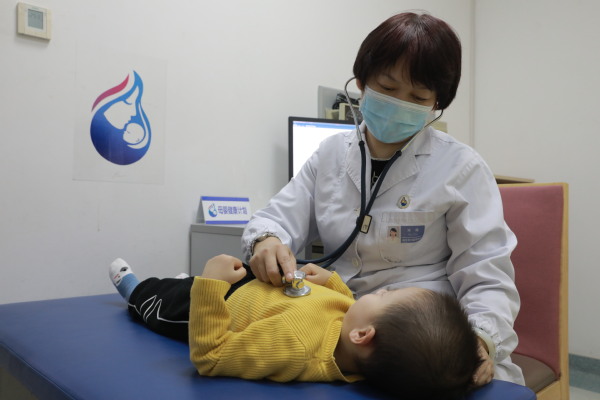
June 9, 2021
The first national birth cohort-based study of the association of de novo mutations and congenital heart birth defects in assisted reproduction populations with whole genome sequencing was published online in Cell Research.

March 19, 2022
The project of National Key R&D Program “Research on the Establishment and Application of Assisted Reproduction Population and Offspring Cohort in Chinese Population”led by Academician Shen Hongbing successfully passed the final defense.
July 29, 2022
The project “Identification and Interaction of Environmental and Genetic Pathogenic Factors in Infertility Population” led by Prof. Hu Zhibin successfully passed the final defense of the key R&D project.
December 16, 2022
The Jiangsu Birth Cohort has published a study entitled “Leukocyte Telomere Length in Children Born Following Blastocyst-Stage Embryo Transfer” in theNature Medicine. The study found in a multicenter prospective birth cohort that the duration of in vitro culture of transferred embryos is correlated with telomere length in 1-year-old offspring.
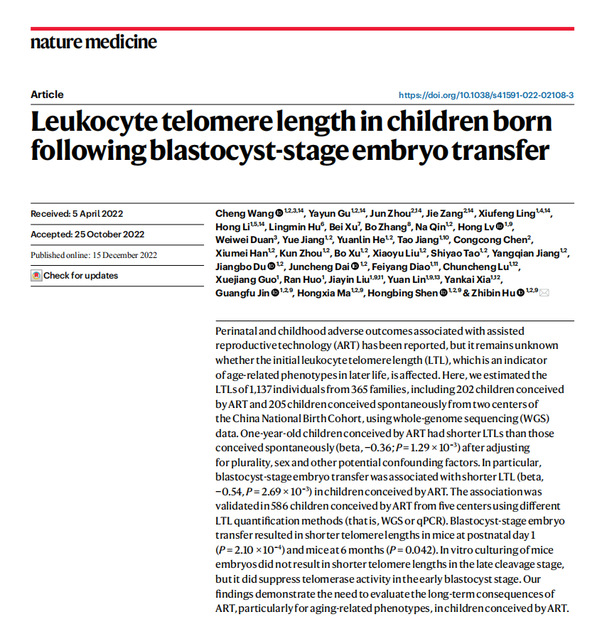
December 27, 2022
The Jiangsu Birth Cohort has published online a study entitled “Multi-omics Profiling Visualizes Dynamics of Cardiac Development and Functions” in the Cell Reports. The study combines multiple time-points of human and mouse cardiac development to illustrate the similarities and differences in cardiac development between species, providing a histological basis for the identification of key cardiac developmental factors and the etiology of cardiac birth defects.
